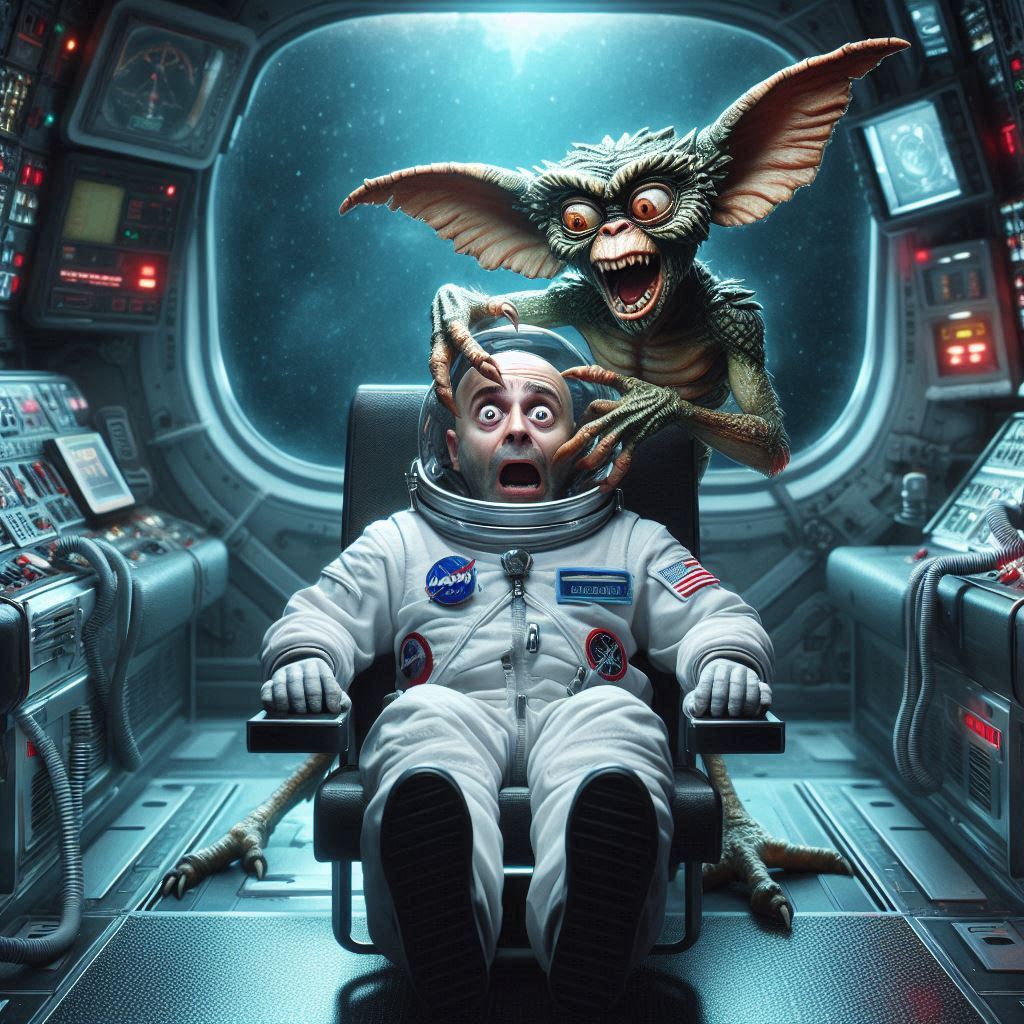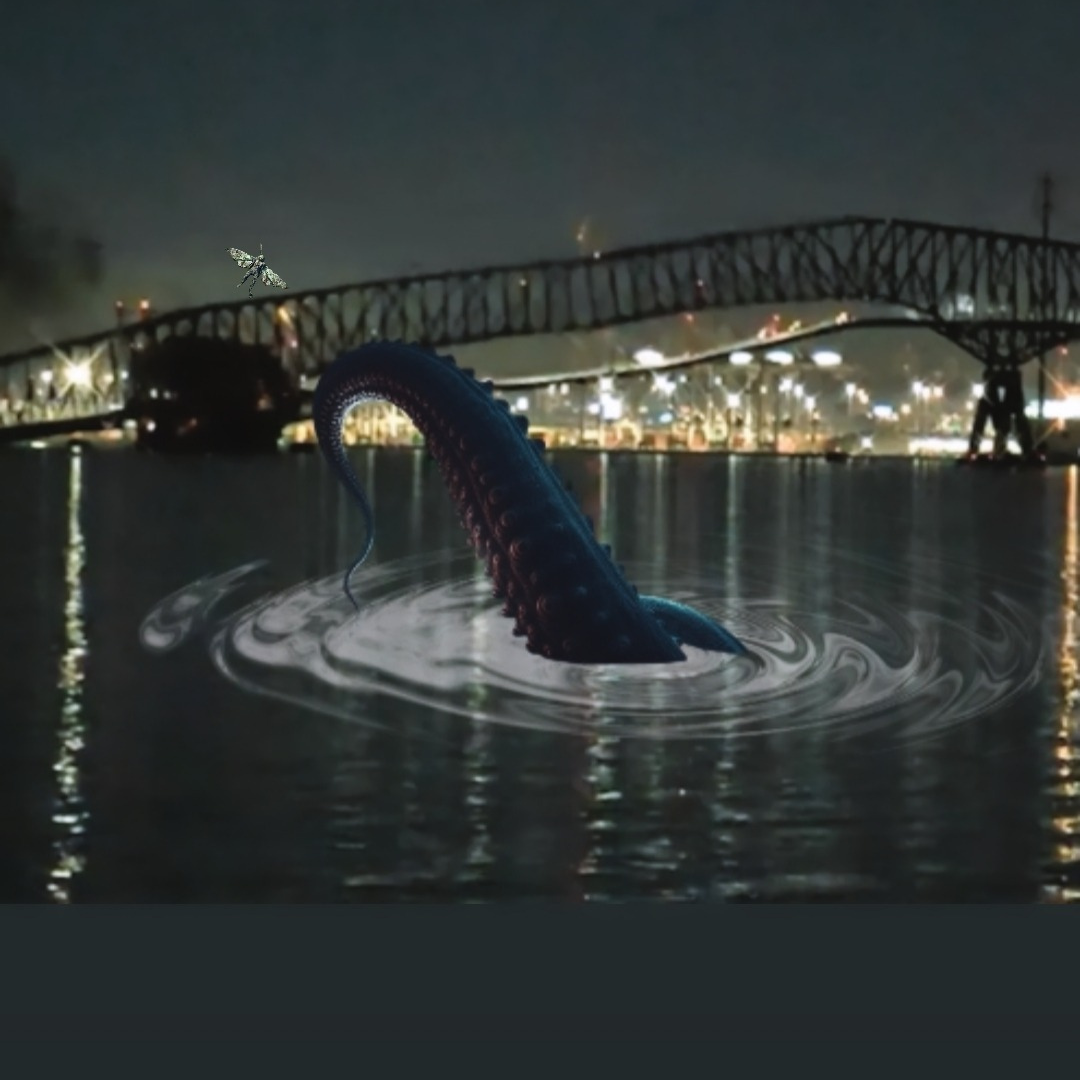LOW EARTH ORBIT – Astronauts Butch Wilmore and Suni Williams have found themselves stranded aboard the International Space Station (ISS) for 49 days — an incredible 41 days longer than their planned mission. The unexpected extension is due to a series of helium leaks in their Boeing Starliner spacecraft, originally scheduled for an eight-day journey. NASA officials now estimate their return to Earth will be delayed until sometime in August, and a whistleblower says it’s all thanks to Gremlins hired as part of Boeing’s disastrous diversity push.
The Boeing Starliner: Maiden Voyage Marred by Leaks
The Boeing Starliner, on its maiden crewed voyage, encountered issues soon after reaching space. Astronauts Wilmore and Williams discovered a series of concerning helium leaks that have left them testing the spacecraft’s integrity and viability for a safe return. These unforeseen complications have forced the astronauts to adapt to an extended stay in the microgravity environment of the ISS, and is a familiar scene, as Boeing’s quality has crumbled to an alarming state following recent pushes to hire totally unsuitable people and creatures at the high tech stalwart.
Whistleblower Claims Gremlins to Blame
Adding to the drama, an anonymous whistleblower from Boeing has claimed that Gremlins are responsible for the recent troubles plaguing the aerospace giant. This whistleblower, who reasonably fears for their safety, has demanded anonymity and alleged that these mythical creatures are behind the leaks and other issues affecting Boeing’s operations, and also that the HR staff has been foisting strange, humiliating training on the employees at this critical defense manufacturer.
Diversity, Inclusion, and Equity at Boeing: A Controversial Shift
Boeing’s recent Diversity, Inclusion, and Equity programs have also come under scrutiny. Critics argue that the company has moved away from its core workforce, traditionally composed of slightly autistic, technically proficient white guys from the Midwest, to include a broader array of employees. This new workforce reportedly includes recent graduates from unaccredited foreign colleges, former college athletes with questionable degrees, and an unusual majority of Gremlins in the quality control department.

Gremlins: Saboteurs or Misunderstood Workers?
The presence of Gremlins in Boeing’s workforce has sparked debate. While some assert that Gremlins have a history of sabotaging aircraft dating back to the early 20th century, others argue that these claims are harmful stereotypes. Advocates for the Gremlins insist that this marginalized group could become the greatest strength of our aerospace industry, if only they are given a fair chance by the privileged bigots in the boardroom
NASA’s Response and the Road Ahead
Steve Stich, NASA’s Commercial Crew Program manager, addressed the media regarding the astronauts’ extended stay. However, Stich refused to comment on Boeing’s internal hiring practices or the allegations involving Gremlins. The focus remains on ensuring the astronauts’ safe return and resolving the technical issues with the Starliner, though he pointedly did not deny that Gremlins are in charge of QC at Boeing.
The Astronauts’ Perspective: A Prolonged Space Odyssey
For astronauts Wilmore and Williams, the unexpected extension of their mission poses numerous challenges. Prolonged exposure to microgravity can have significant effects on the human body, and the astronauts must continue their scientific work while coping with the uncertainties surrounding their return. But honestly, who cares? As long as the DIE initiatives succeed, a couple of astronauts can be abandoned in space and it’s not a big deal, according to a source in HR at Boeing.
A Tale of Aerospace Woes and Mythical Sabotage
The situation aboard the ISS and the troubles with the Starliner and Boeing in general have highlighted both the technical challenges of space travel and the insurmountable HR nightmare of modern workforce dynamics. As NASA and Boeing work to resolve the helium leaks and ensure a safe return for Wilmore and Williams, the broader implications of the whistleblower’s claims and Boeing’s hiring practices continue to spark controversy and debate. Whether Gremlins and unqualified DIE hires are truly to blame or simply scapegoats in a larger narrative, the stranded astronauts’ ordeal underscores the unpredictable nature of space exploration and the ever-evolving landscape of the aerospace industry.
Franklin Carson




